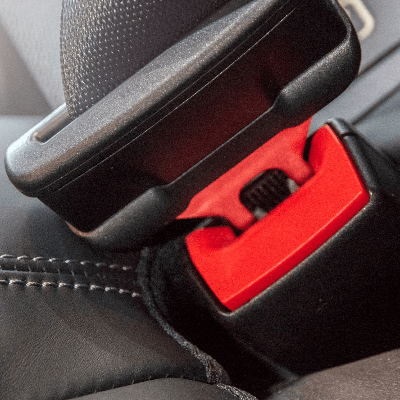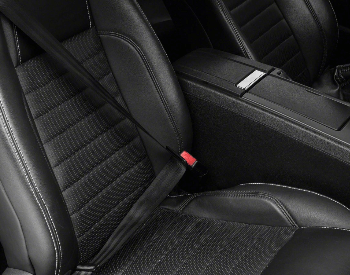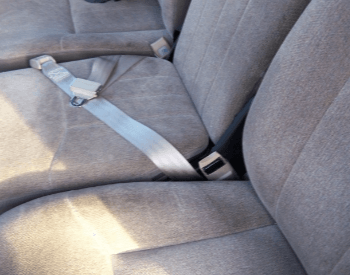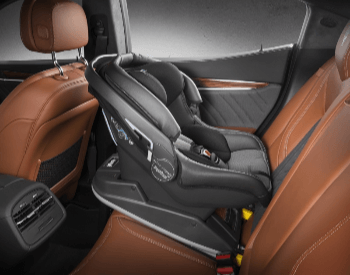
This web page contains seat belt facts for kids and is an excellent resource for anyone of any age looking to learn about seat belts. Our goal is to provide you with accurate, up to date facts about seat belts. In addition to facts about seat belts, we provide additional resources to help you with your research on seat belts.
The seat belt facts below will help you learn about who invented the first seat belt, how seat beats can save lives, the laws regarding seat belts, how to wear a seat belt and other seat belt related facts. We hope these seat belt facts are interesting and help you learn more about this live saving safety device.
If any of the below seat belt facts are inaccurate, please contact us and let us know.
20 Seat Belt Facts for Kids
- A seat belt is a safety device used in vehicles to secure passengers and the driver.
- Seat belts are also known as safety belts or seatbelts.
- A seat belt can help protect the driver or occupants of a vehicle during a sudden stop or collision.
- A seat belt can protect the driver and occupants by decreasing the force of secondary impacts within the vehicle, maintaining the position of the driver and occupants for airbags and prevents ejection from the vehicle.
- There are six different types of seat belts, two-point, three-point, four-point, five-point and six-point seat belts.
- A two-point seat belt goes over your lap, and they were commonly in older vehicles and today are the common restraint system used on airplanes.
- English engineer George Cayley invented the two-point seat belt for his gliders in the mid-19th century.
- A three-point seat belt goes over your lap and your chest and the standard restraint system used in cars today.
- Volvo, along with Swedish mechanical engineer Nils Bohlin, invented the three-point seat belt in the 1950s.
- Four, five and six point seat belts are used in racing cars and car seats for babies and toddlers.
- A car seat, also known as a child safety seat or child restraint system, is a safety device used to secure young passengers, like babies, toddlers and young children.
- The rear facing car seat was invented by British inventor Jean Ames in the 1960s.
- The front facing car seat was invented in the 1960s, by Leonard Rivkin, an American who lived in Denver, CO.
- A seven-point seat belt is used in aerobatic aircrafts.
- Seat belt use is rising rapidly in the United States. According to the Centers for Disease Control and Prevention (CDC), 11% of vehicle passengers used a seat belt in 1983 and in 2010 seat belt usage reached almost 85%.
- A person is 30 times more likely to be ejected from a vehicle during a crash if they’re not wearing a seat belt according to the National Highway Traffic Safety Administration (NHTSA).
- The NHTSA estimates that drivers or passengers wearing a seat belt reduce their chances of a serious injury during a car accident by about 50%.
- In 2016, the CDC and the NHTAS estimated over 2.6 million people were treated in an emergency room due to being injured in a car accident and that over 23,000 people lost their lives in car accidents.
- In 2016, the NHTSA estimated that seat belts saved the lives of about 15,000 people.
- In the United States, there are many different seat belt laws and failure to follow them can result in high fines, and not to mention increase your chances of injury or death in a car accident.
Seat Belt Pictures



Additional Resources with Seat Belt Facts
- About Seat Belts – Learn all about seat belts on the National Highway and Transportation Administration website.
- Seat Belts, Motor Vehicle Safety – Discover how seat belts can save lives on the Centers for Disease Control and Prevention website.
- The History of Seat Belts – Read about the history of the seat belt on tghe Defensive Driving website.
- Seat Belts – Britannica – Find more seat belt facts and information on the Britannica website.
